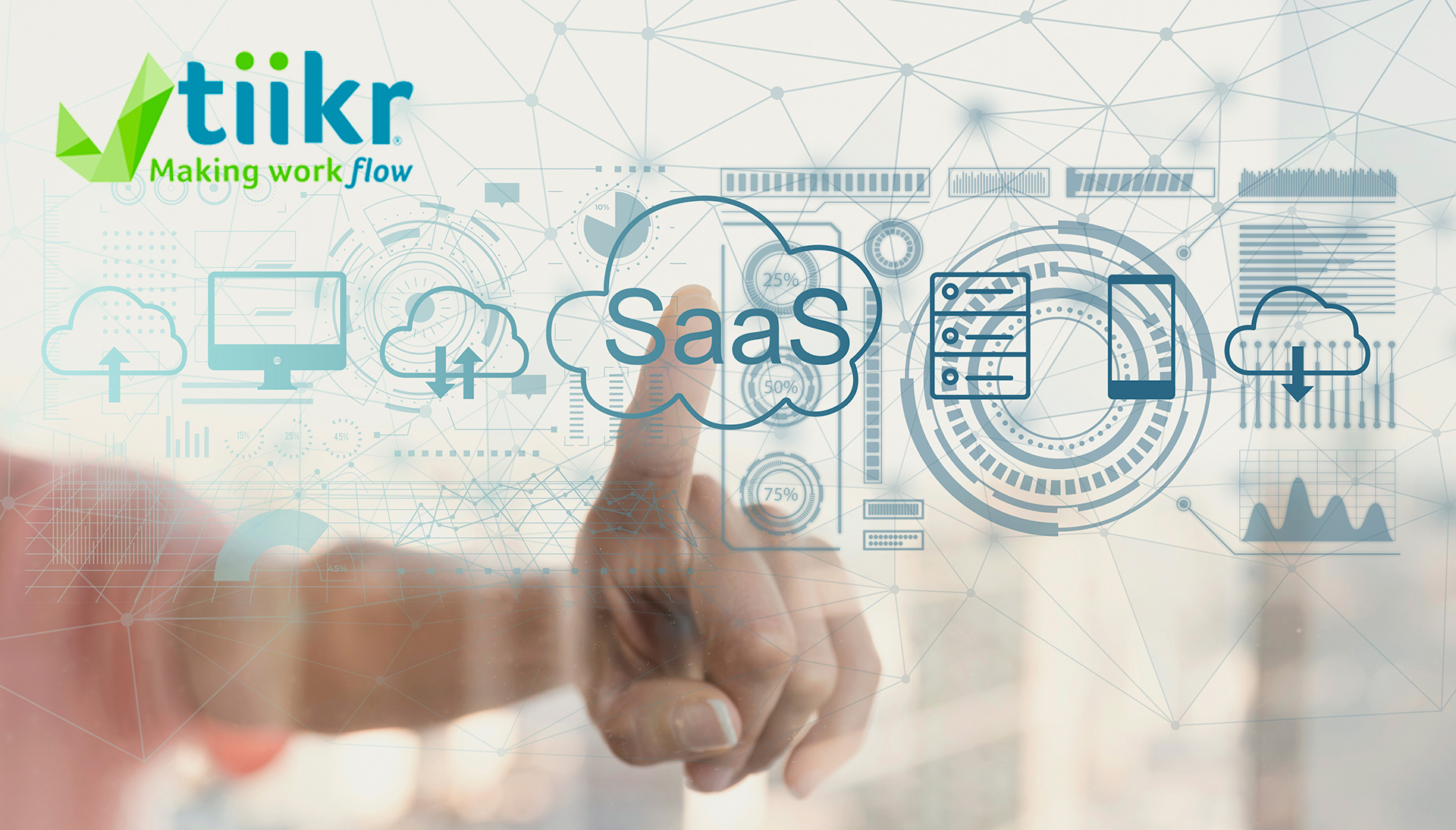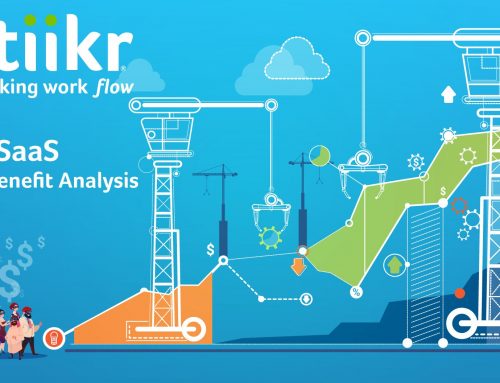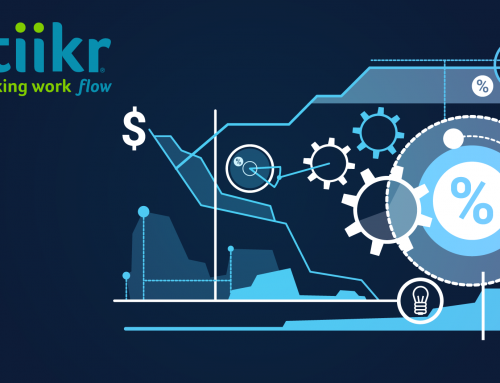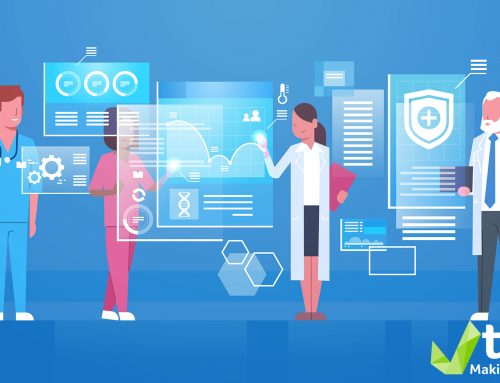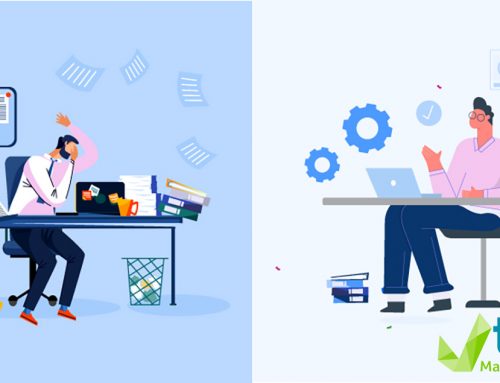In today’s dynamic business landscape, staying competitive requires constant innovation and an agile approach. Businesses are increasingly turning to Software-as-a-Service (SaaS) solutions to streamline operations, improve efficiency, and gain a competitive edge. This blog post dives deep into the world of SaaS, demystifying its core concepts, exploring its key benefits, and highlighting its impact on business efficiency, particularly in terms of scalability and accessibility.
Demystifying SaaS: A New Era of Software Delivery
SaaS, or Software-as-a-Service, is a cloud-based software delivery model where applications are hosted by a third-party vendor and accessed by users over the internet. Unlike traditional on-premise software, which requires installation and maintenance on individual devices or local servers, SaaS eliminates the need for complex infrastructure investments and ongoing IT management. Users simply need a web browser and an internet connection to access the software and its functionalities.
This shift from physical installations to cloud-based delivery has revolutionised the way businesses access and utilise software. Let’s delve deeper into how SaaS differs from traditional software models.
SaaS vs Traditional Software: A Tale of Two Worlds
Traditional software, also known as on-premise software, involves physical installations on individual user devices or local servers. This model often requires:
- High upfront costs: Businesses need to purchase perpetual licenses for the software, leading to significant initial investment.
- Complex installations and maintenance: IT teams are responsible for installing, configuring, and maintaining the software, which can be time-consuming and resource-intensive.
- Limited scalability: Scaling up traditional software often necessitates additional hardware and software purchases, making it difficult to adapt to changing business needs.
- Version control challenges: Keeping all users on the same software version can be challenging, potentially leading to compatibility issues and security vulnerabilities.
In stark contrast, SaaS offers several distinct advantages:
- Reduced upfront costs: SaaS typically operates on a subscription-based model, eliminating the need for large upfront investments. Users pay a recurring fee based on their usage, making it a budget-friendly option for businesses of all sizes.
- Simplified deployment and maintenance: Since the software resides on the vendor’s servers, businesses are relieved of installation, configuration, and maintenance responsibilities. This frees up IT resources and allows them to focus on core business priorities.
- Enhanced scalability: SaaS solutions are inherently scalable, allowing businesses to easily add or remove users and functionalities based on their evolving needs. This flexibility empowers businesses to adapt quickly to changing market conditions and growth trajectories.
- Automatic updates: SaaS vendors handle software updates and security patches, ensuring users always have access to the latest features and security fixes. This eliminates the need for manual updates and reduces the risk of security vulnerabilities.
These inherent advantages of SaaS have made it a game-changer for businesses, driving significant improvements in efficiency, cost-effectiveness, and overall agility.
The Efficiency Edge: How SaaS Empowers Businesses
The benefits of SaaS extend far beyond reduced costs and simplified maintenance. This innovative delivery model unlocks numerous efficiency gains that translate to tangible improvements in business operations. Here are some key ways SaaS empowers businesses:
- Improved Accessibility: SaaS applications are accessible from any device with an internet connection, allowing employees to work remotely and collaborate seamlessly, regardless of location. This enhanced accessibility fosters greater productivity and flexibility, particularly in today’s hybrid work environments.
- Streamlined Workflows: SaaS solutions often include built-in features and functionalities that can automate repetitive tasks and streamline workflows. This automation frees up valuable human resources for more strategic endeavours, boosting overall operational efficiency.
- Enhanced Collaboration and Communication: Many SaaS solutions offer integrated collaboration tools that facilitate real-time communication and information sharing between team members. This fosters a more collaborative work environment and ensures everyone is on the same page, leading to improved decision-making and project execution.
- Real-time Data Insights: SaaS solutions often provide real-time data dashboards and analytics capabilities, enabling businesses to gain instant insights into their operations. This allows for data-driven decision making and proactive problem-solving, optimising business processes and driving improved performance.
- Increased Security: SaaS vendors invest heavily in robust security measures to protect user data and applications. This relieves businesses of the burden of managing their own security infrastructure and ensures their data remains secure and compliant with relevant regulations.
- Scalability and Adaptability: As mentioned earlier, SaaS offers unparalleled scalability and adaptability. Businesses can easily adjust their subscriptions and access new features based on changing needs, enabling them to adapt to market dynamics and seize new opportunities without significant upfront investments.
- Continuous Innovation: SaaS vendors are constantly innovating and developing new features and functionalities for their solutions. This ensures that businesses using SaaS always have access to the latest technologies and capabilities, without the need for expensive upgrades or replacements.
- Improved disaster recovery: SaaS solutions are typically backed by robust infrastructure with geographically distributed data centers. This redundancy ensures that even in the event of a localised disaster, data remains secure and accessible, minimizing downtime and potential business disruptions. Additionally, automatic backups and disaster recovery features offered by many SaaS providers further enhance business continuity and data protection.
- Reduced IT Burden: By outsourcing software management and maintenance to the SaaS vendor, businesses can significantly reduce their IT burden. This frees up internal IT resources to focus on more strategic initiatives like cybersecurity, data governance, and user support.
- Pay-as-you-go Model: SaaS offers a pay-as-you-go model, eliminating the need for large upfront investments and allowing businesses to scale their spending based on actual usage. This flexibility aligns costs with business needs and improves financial predictability.
- Integration with Existing Systems: Many SaaS solutions offer seamless integration with existing on-premise software and other SaaS applications. This allows businesses to leverage their existing investments while gaining access to new functionalities and capabilities, fostering a unified and efficient digital ecosystem.
- Environmental Sustainability: While not directly related to efficiency, it’s worth noting that by utilising centralised and shared infrastructure, SaaS can contribute to a more environmentally sustainable IT ecosystem. This is especially relevant for businesses with sustainability goals and a commitment to reducing their environmental footprint.
By leveraging these extensive benefits, SaaS empowers businesses to achieve significant efficiency gains across various aspects of their operations. However, it’s crucial to remember that successfully reaping the rewards of SaaS requires careful planning and ongoing management.
In today’s dynamic business landscape, staying competitive requires constant innovation and an agile approach. Businesses are increasingly turning to Software-as-a-Service (SaaS) solutions to streamline operations, improve efficiency, and gain a competitive edge. This blog post dives deep into the world of SaaS, demystifying its core concepts, exploring its key benefits, and highlighting its impact on business efficiency, particularly in terms of scalability and accessibility.
In today’s dynamic business landscape, staying competitive requires constant innovation and an agile approach. Businesses are increasingly turning to Software-as-a-Service (SaaS) solutions to streamline operations, improve efficiency, and gain a competitive edge. This blog post dives deep into the world of SaaS, demystifying its core concepts, exploring its key benefits, and highlighting its impact on business efficiency, particularly in terms of scalability and accessibility.
Embracing the Future: Integrating SaaS for Enhanced Business Efficiency
By embracing SaaS solutions, businesses can unlock a plethora of benefits that contribute significantly to improved efficiency across various departments and functions. However, integrating SaaS effectively requires careful planning and consideration of several key factors:
- Identifying Business Needs: The first step is to conduct a thorough analysis of your business needs and identify areas where efficiency improvements are most crucial. This will help you choose the right SaaS solutions that address specific pain points and contribute to your overall business goals.
- Selecting the Right Solution: With a plethora of SaaS solutions available, it’s essential to conduct thorough research and compare different options based on features, pricing models, vendor reputation, and user reviews. Ensure the chosen solution integrates seamlessly with your existing systems and workflows.
- User Adoption and Training: User adoption is critical for maximising the benefits of any new technology. Provide adequate training and support to ensure employees understand how to utilise the new SaaS solution effectively. Encourage feedback and address any initial challenges promptly to ensure a smooth transition.
- Data Security and Compliance: Data security is paramount in today’s digital landscape. Choose SaaS vendors with robust security practices and ensure they comply with relevant data privacy regulations. Regularly monitor access controls and user activity to maintain data security.
- Ongoing Evaluation and Optimisation: Regularly evaluate the impact of your SaaS solutions on your business goals. Analyse usage patterns, user feedback, and key performance indicators to identify areas for improvement. Continuously optimise your SaaS strategy by adjusting features, exploring new integrations, and staying updated with the latest industry trends.
By following the outlined steps and leveraging the inherent advantages of SaaS, businesses can not only achieve significant improvements in efficiency, agility, and competitiveness, but also unlock further benefits. This empowers them to operate more effectively, optimise resource utilisation, and ultimately achieve their strategic objectives.
Real-World Examples: How Businesses Leverage SaaS for Success
Here are a few examples of how businesses across various industries are utilising SaaS solutions to enhance their efficiency:
- Marketing and Sales Teams: Utilise CRM (Customer Relationship Management) software to streamline lead generation, manage customer interactions, and track sales performance. This fosters improved customer relationships and boosts sales effectiveness.
- Human Resources Departments: Leverage HR management software to automate tasks like payroll processing, benefits administration, and employee onboarding. This frees up HR professionals to focus on strategic initiatives and employee engagement.
- Finance Teams: Utilise cloud-based accounting software for simplified bookkeeping, automated financial reporting, and real-time financial insights. This allows for better financial control, improved decision-making, and resource optimisation.
- Project Management Teams: Implement project management software to streamline collaboration, track project progress, and manage resources effectively. This fosters improved communication, transparency, and project delivery timelines.
These are just a few examples, and the potential applications of SaaS extend across diverse industries and business functions. As technology evolves and new solutions emerge, SaaS will continue to play a pivotal role in empowering businesses to achieve greater efficiency, agility, and sustainable growth.
In conclusion, understanding the core concepts and benefits of SaaS solutions is crucial for businesses navigating the dynamic and competitive landscape of today’s marketplace. By embracing SaaS and implementing it strategically, businesses can unlock a multitude of efficiency gains, enhance operational performance, and position themselves for long-term success.
Additional Resources:
- Custify : The Future of SaaS: Top Trends and Predictions in 2024 and Beyond
- 360 Research Reports: Software as a Service (SaaS) Market 2024 : Current and Future Growth Analysis Content Goes Here


